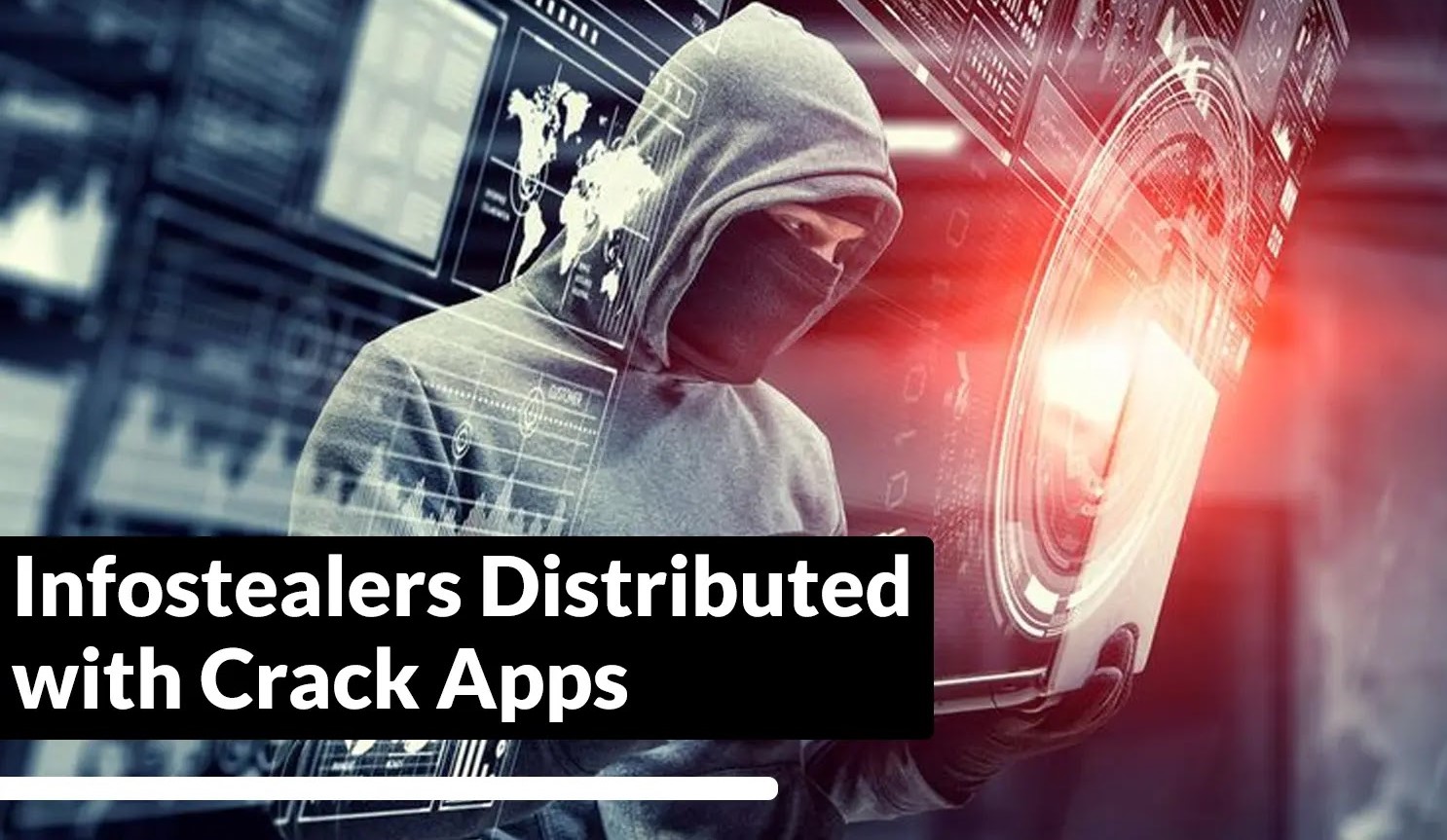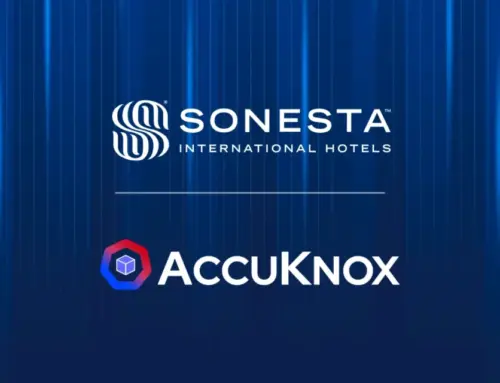
Infostealers Distributed with Crack Apps Emerges as Top Attack Vector For June 2025
The Silent Menace: Infostealers Hidden in Crack Apps Dominate June 2025 Cyber Landscape
The cybersecurity landscape is a perpetual battleground, and June 2025 witnessed a significant shift in the tactics employed by malicious actors. Our analysis reveals a disturbing trend: Infostealer malware, cleverly disguised as cracked software and key generators, surged to become the most prevalent attack vector. This pervasive threat highlights the ongoing danger of unverified software downloads and the sophisticated methods cybercriminals use to compromise systems and steal sensitive data. For cybersecurity professionals, IT teams, and developers, understanding this vector is paramount to fortifying digital defenses.
Understanding the Attack Vector: SEO Poisoning and Malicious Downloads
The primary delivery mechanism for these Infostealers hinges on deceptive practices, specifically aggressive search engine optimization (SEO) poisoning. Cybercriminals meticulously craft fake download portals, advertising “free” versions of popular, legitimate tools – everything from productivity suites to creative software. These fraudulent sites are then optimized to outrank legitimate sources in search engine results. When an unsuspecting user searches for a “cracked” version of a premium application, the malicious site often appears at the top, luring them into downloading compromised files.
Once downloaded, these files, instead of delivering the promised software, inject Infostealer malware onto the victim’s system. This malware is designed to covertly exfiltrate a wide array of sensitive information, including:
- Saved browser credentials (usernames and passwords)
- Cryptocurrency wallet data
- Financial information
- Personal files and documents
- System information and configuration details
The insidious nature of this attack lies in its exploitation of human desire for “free” resources and its sophisticated distribution via compromised search results, making it incredibly difficult for average users to distinguish between legitimate and malicious sources.
The Pervasiveness of Infostealers in Q2 2025
The dramatic increase in Infostealer distribution via cracked applications signifies a worrying trend for Q2 2025. This surge underscores the profitability of data theft for cybercriminals and their adaptability in leveraging common user behaviors. While specific CVE numbers related to the Infostealer payloads themselves might vary depending on the specific malware family (e.g., RedLine, Raccoon Stealer, Mars Stealer), the attack vector primarily exploits user judgment and system configuration rather than a single software vulnerability. However, vulnerabilities in outdated browser versions or unpatched operating systems can significantly aid the stealer’s execution and persistence. An example of a general vulnerability that could be exploited in conjunction with such an attack, though not directly tied to this event, could be CVE-2023-38831, which relates to various arbitrary code execution vulnerabilities in WinRAR, a commonly used archiver for cracked files.
Remediation Actions and Proactive Defenses
Mitigating the risk of Infostealer compromise requires a multi-layered approach, combining user education with robust technical controls. Here are critical remediation actions and proactive defenses:
- User Education: Emphasize the dangers of downloading software from unofficial sources. Promote the understanding that “free” cracked software almost invariably comes at a steep price – personal data and system compromise.
- Strong Password Hygiene and MFA: Implement and enforce strong, unique passwords for all accounts. Crucially, enable Multi-Factor Authentication (MFA) wherever possible. Even if credentials are stolen, MFA can significantly impede unauthorized access.
- Reputable Anti-Malware Solutions: Deploy and regularly update high-quality endpoint detection and response (EDR) or antivirus solutions. Configure them to perform regular deep scans and proactively block suspicious downloads.
- Application Whitelisting: For corporate environments, consider implementing application whitelisting to control which applications can run on systems, preventing unauthorized software (like Infostealers) from executing.
- Regular Backups: Maintain regular, secure backups of critical data. In the event of a successful Infostealer attack, this helps in recovery of data, although the primary focus should be on prevention of exfiltration.
- Browser Security: Keep web browsers updated to their latest versions to patch known vulnerabilities. Regularly clear browser caches and cookies. Consider using browser extensions that block known malicious sites.
- Operating System and Software Updates: Ensure operating systems, applications, and drivers are consistently updated. Patches often address vulnerabilities that Infostealers or their delivery mechanisms might exploit.
- Network Monitoring: Implement network monitoring tools to detect unusual outbound traffic patterns, which could indicate data exfiltration.
Essential Tools for Detection and Mitigation
Leveraging the right tools is critical in combating Infostealers and maintaining a secure environment. Below is a table of relevant tools:
| Tool Name | Purpose | Link |
|---|---|---|
| Endpoint Detection and Response (EDR) solutions (e.g., CrowdStrike Falcon, SentinelOne) | Advanced threat detection, incident response, and behavior-based analysis on endpoints. | CrowdStrike Falcon / SentinelOne |
| VirusTotal | Online service for analyzing suspicious files and URLs, providing comprehensive reports from various antivirus engines. | VirusTotal |
| Malwarebytes | Popular anti-malware software for detection and removal of malware, including Infostealers. | Malwarebytes |
| Password Managers (e.g., LastPass, 1Password, Bitwarden) | Securely store and generate unique, strong passwords, reducing the impact of credential theft. | LastPass / 1Password / Bitwarden |
| Network Intrusion Detection/Prevention Systems (NIDS/NIPS) | Monitor network traffic for suspicious activity, signature-based and anomaly-based detection of C2 communication. | (Vendor-specific, e.g., Cisco, Palo Alto Networks) |
Key Takeaways: Navigating the Infostealer Threat
The significant prevalence of Infostealers delivered through cracked applications in June 2025 serves as a stark reminder of the persistent and evolving threat landscape. The core takeaway is crystal clear: users must exercise extreme caution when downloading software, prioritizing legitimate sources and understanding that “free” can come with an exorbitant unseen cost. For organizations, a proactive defense strategy combining robust technical controls, continuous user education, and agile response capabilities is essential. Staying vigilant against SEO poisoning tactics and reinforcing strong security hygiene are critical steps in protecting sensitive data from these pervasive and damaging threats.





